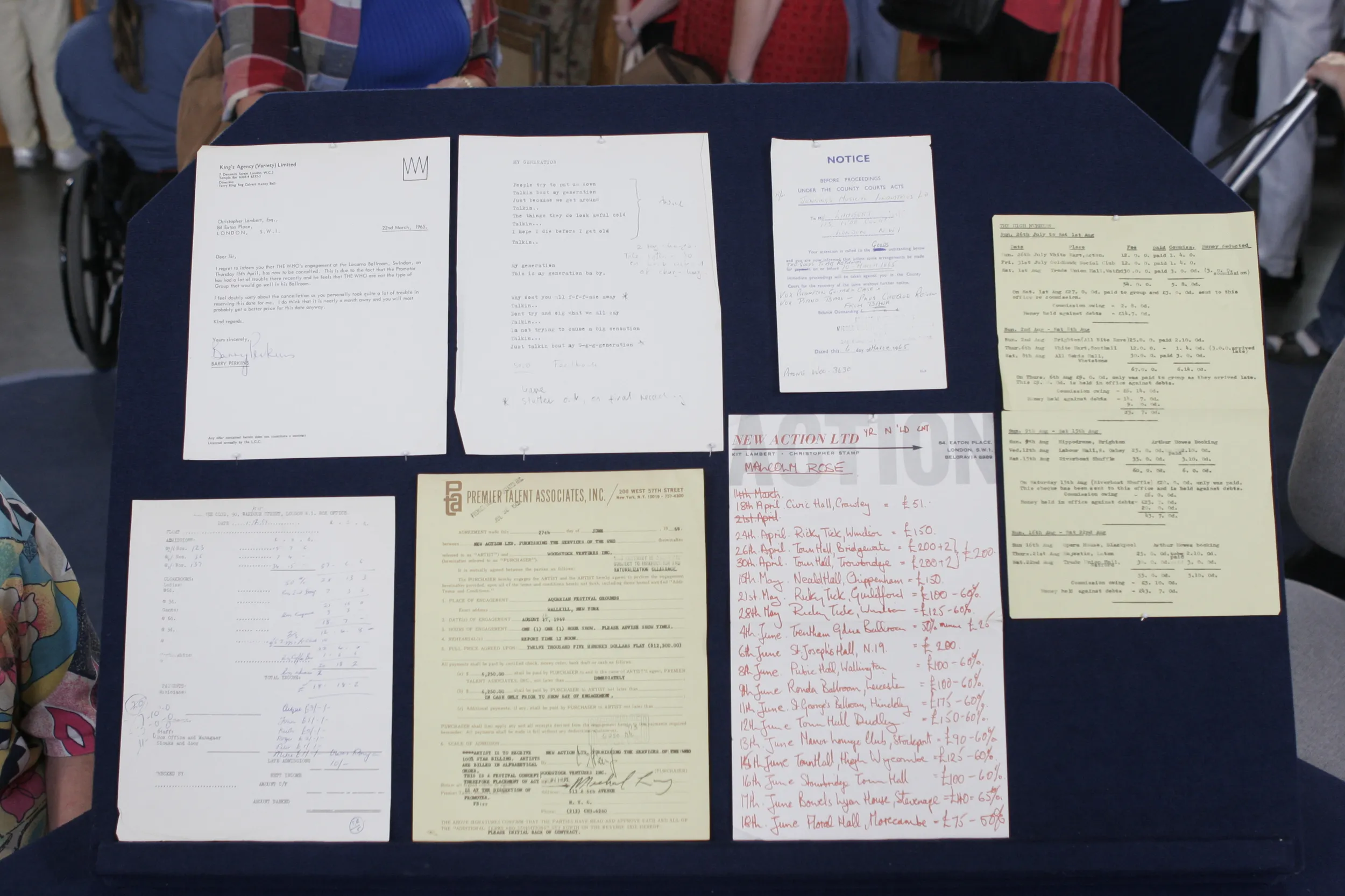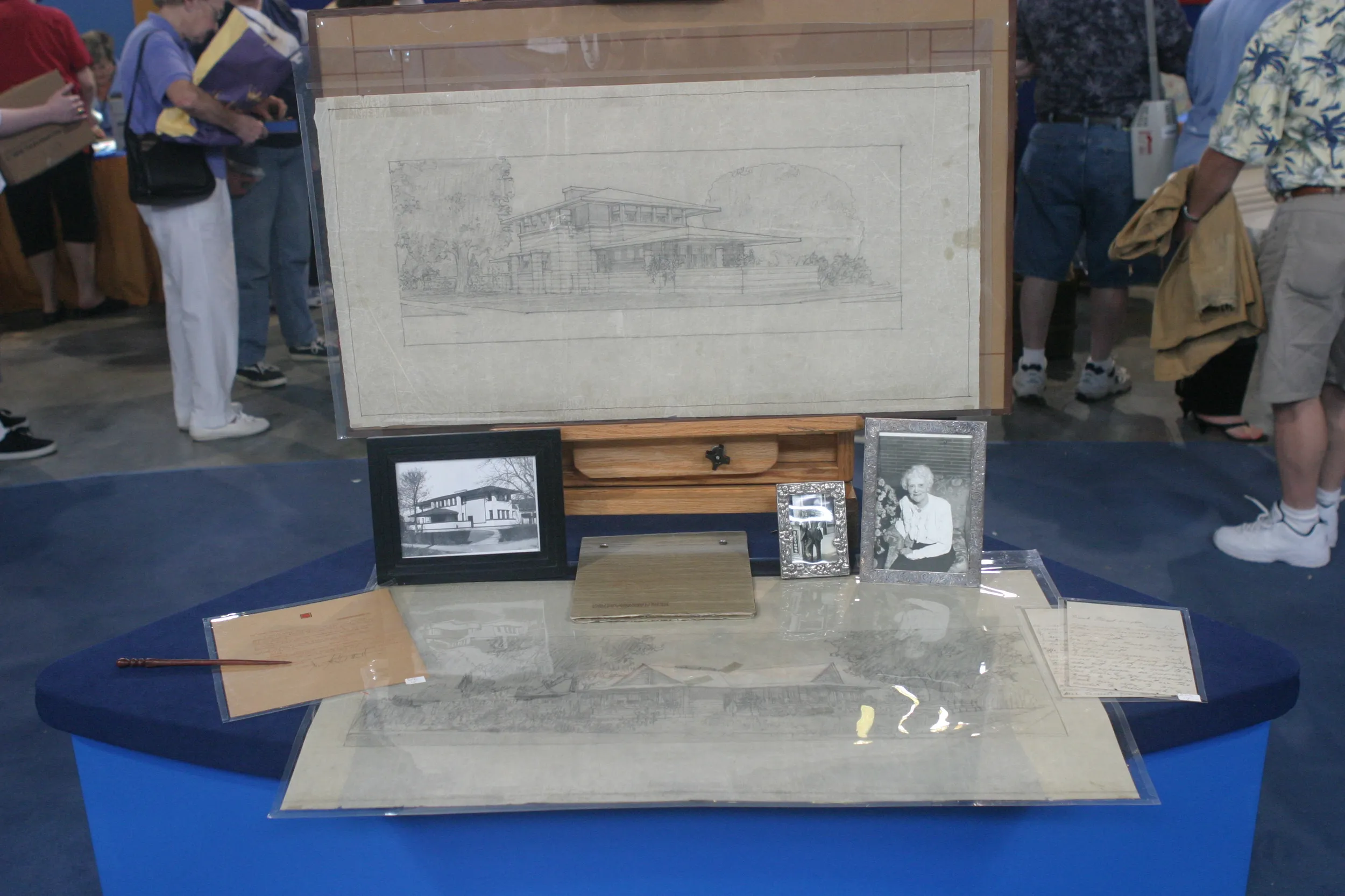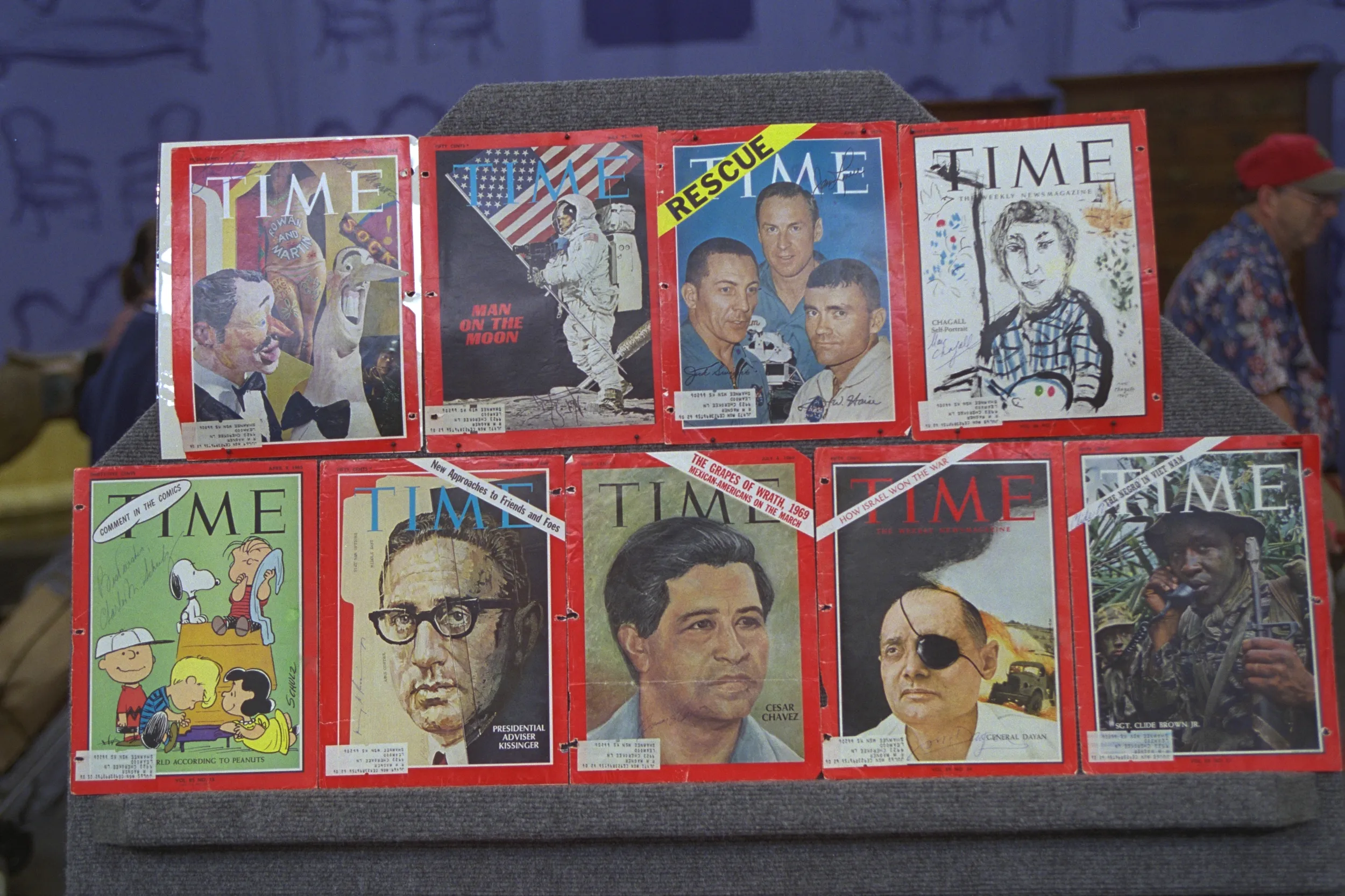GUEST: My grandfather made his living making and selling drapes and wall hangings. And there was a customer that couldn't pay him, so he ended up paying him in these historical documents. Signed by... There were multiple presidents, a couple appointments, a bill of sale for a slave.
APPRAISER: Right. And I singled out this particular document. Do you have any idea why that might be?
GUEST: I have no clue. This is not the one that I would've chosen.
APPRAISER: Well, it doesn't look like much. I mean, it's an attractive document. You have the name of the president up at the top, James A. Garfield, a nice American eagle, very decorative, "President of the United States of America" in large letters. Down here you have the seal of the Post Office Department. And over here you have the signature "James A. Garfield." It's an appointment of someone named Dowd, whose name appears here, to be a postmaster in Indiana. So, it's a rather routine presidential document on the face of it. If you know much about James Garfield, though, there's some interesting wrinkles to this document. Garfield was the 20th president, and he was sworn in the fourth of March, 1881. He has a tragic distinction: He was the second president assassinated in office. He was shot on July 2, so only four months in office as an active president, signing documents, doing business. For that reason, his appointments like this are unusually rare. And this one's in particularly nice shape. You know, the original silk ribbon is still attached... the gold seal. It's a paper gold, not real gold.
GUEST: Yeah.
APPRAISER: And a great big bold signature, "James A. Garfield." You know, this was a man in his prime, Civil War veteran, served in Congress for a long time, active Republican. And because Garfield signed so few things in office, this is worth at least $10,000.
GUEST: Wow.
APPRAISER: Yeah-- not a bad piece, huh?
GUEST: Not at all.







